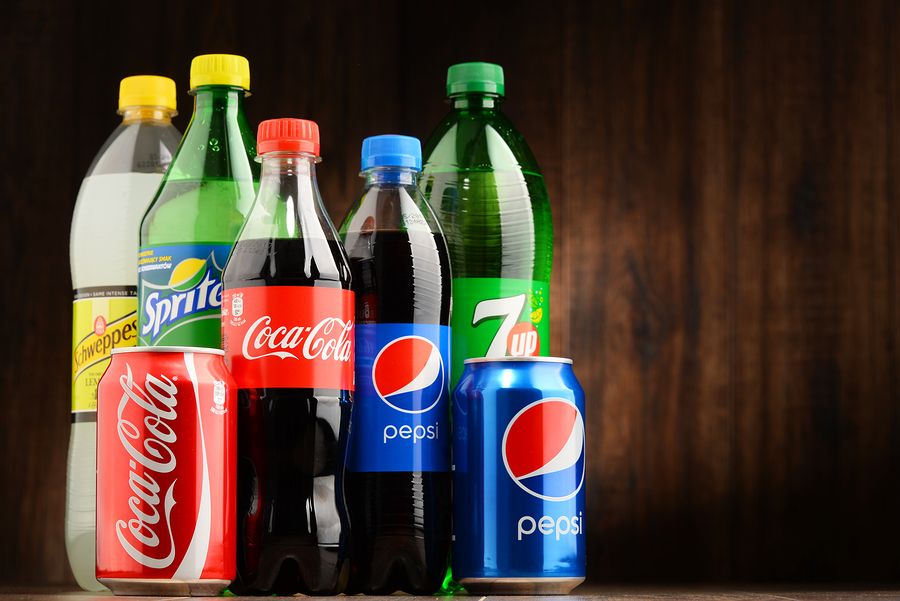The number of overweight and obese people in the United States is on the rise. According to data published in Epidemiologic Reviews (2007; 29: 6-28), the incidence of obesity increased from 13% of the population in the 1960s to 32% in 2004. Between 2003 and 2004 66% of American adults were overweight, and 16% of the children and adolescents were overweight.
According to an article published in Nutrition Week (July 28, 1995;25(28):7), obesity adds $68.8 billion dollars to our health care bill. It is responsible for 19% of the cardiovascular disease in the US. There are an additional $23 billion in indirect costs like lost productivity and work missed while in the hospital.
An article appearing in the American Journal of Clinical Nutrition (2004;79:537-543) notes that the consumption of high-fructose corn syrup increased by more than 1000% between 1970 and 1990, according to the US Department of Agriculture. Currently it represents 40% of sweeteners used in this country (not counting artificial sweeteners). This increase in the use of high-fructose corn syrup parallels the increase in obesity over the same time period. Almost all of the soda pop in the United States is sweetened with high-fructose corn syrup (excluding drinks labeled “diet”). There is a strong correlation between the consumption of soft drinks sweetened with sugar or corn syrup and obesity. Research appearing in The Lancet (February 17, 2001;357:505-508) studied 548 children and found that each serving of soda pop the body mass index and frequency of obesity increased. There is a 1.6 fold increase in the odds ratio for becoming obese for each additional 12 oz of sugared soda pop consumed. The article goes on to say that there has been a 500% increase in soda consumption over the last 50 years.





